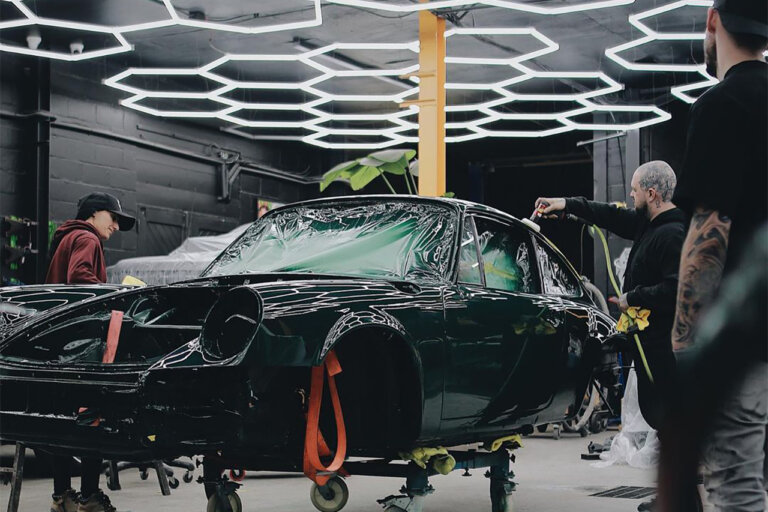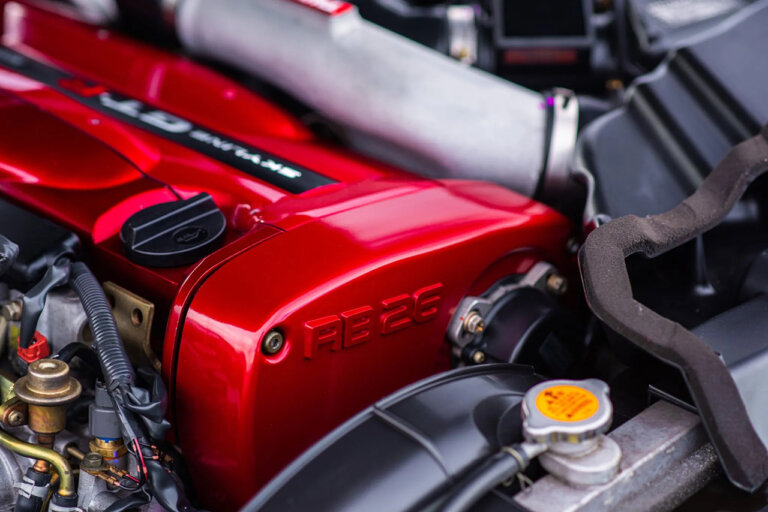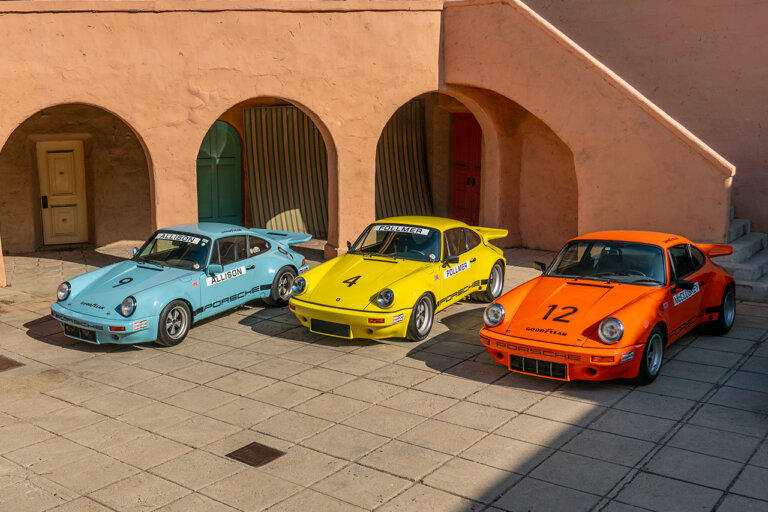Mini, Meet Cooper
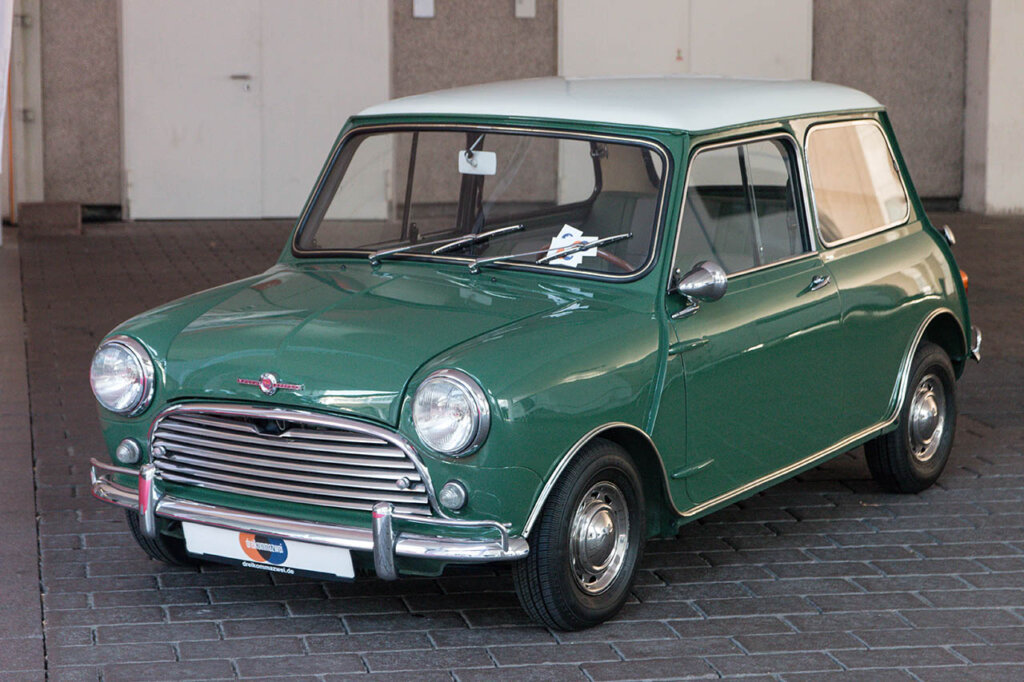
Source: Johannes Maximilian via Wikimedia Commons
A close friend of Issigonis, John Cooper, owner of the Cooper Car Company and winner of the Formula One Manufacturers Champion for both 1959 and 1960, recognized the untapped potential of this compact vehicle. After thorough experimentation and testing, Issigonis and Cooper joined forces to develop an agile, cost-effective, and budget-friendly car. This collaborative effort led to the introduction of the Austin Mini Cooper and Morris Mini Cooper in September 1961.
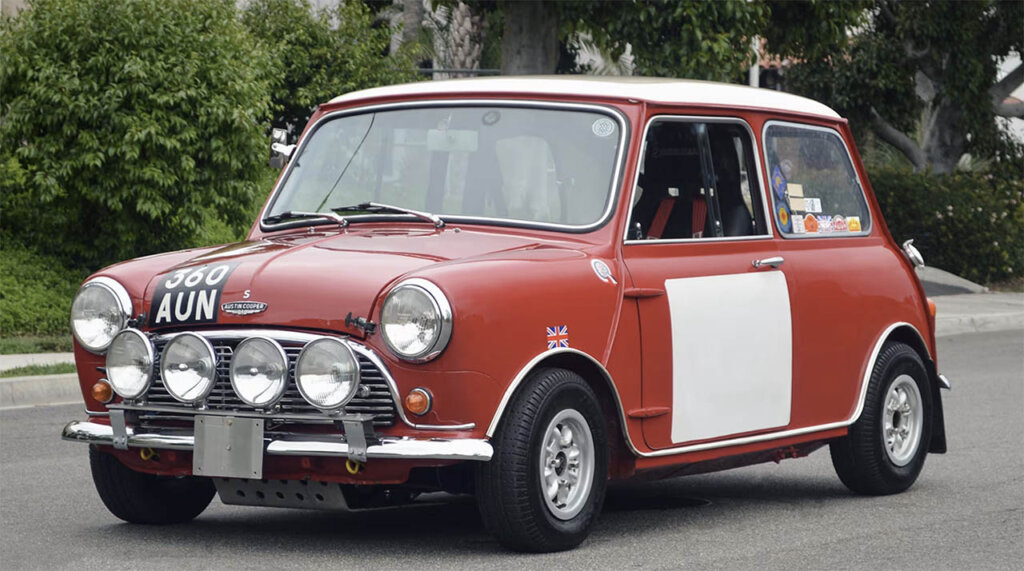
Source: Mecum Auctions
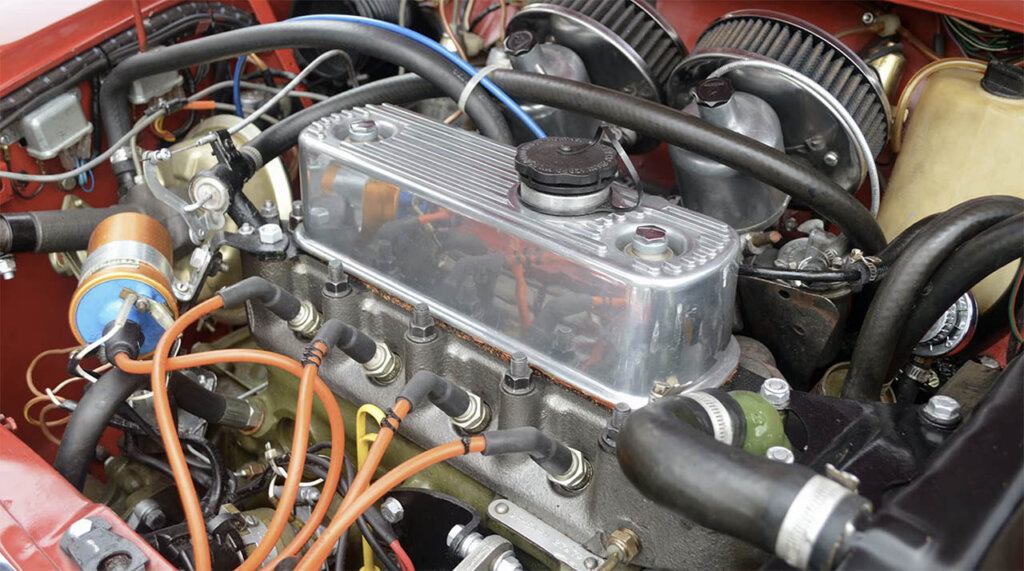
The original 848 cc (0.8 L; 51.7 cu in) engine underwent a transformation, increasing its capacity to 997 cc (1.0 L; 60.8 cu in) and amping up the power from 34 bhp (25 kW) to a more robust 55 bhp (41 kW). Notable enhancements included a specially tuned engine, a pair of twin HS2 SU carburettors, and groundbreaking 7 in (18 cm) disc brakes – an industry first for compact cars at the time. A total of 1,000 units of this variant were commissioned by management with the explicit intention of conforming to and meeting the homologation requirements for Group 2 rally racing. A more potent version of the Mini Cooper, known as the “S,” was released in 1963. Featuring a more powerful 1,071 cc (1.1 L; 65.4 cu in) engine and larger disc brakes, a total of 4,030 Cooper S models were produced and sold until the 1071 model was phased out in August 1964. Additionally, Cooper introduced two models tailored for circuit racing purposes, one with a 970 cc (1.0 L; 59.2 cu in) engine and the other with a 1,275 cc (1.3 L; 77.8 cu in) engine, both made available to the general public.
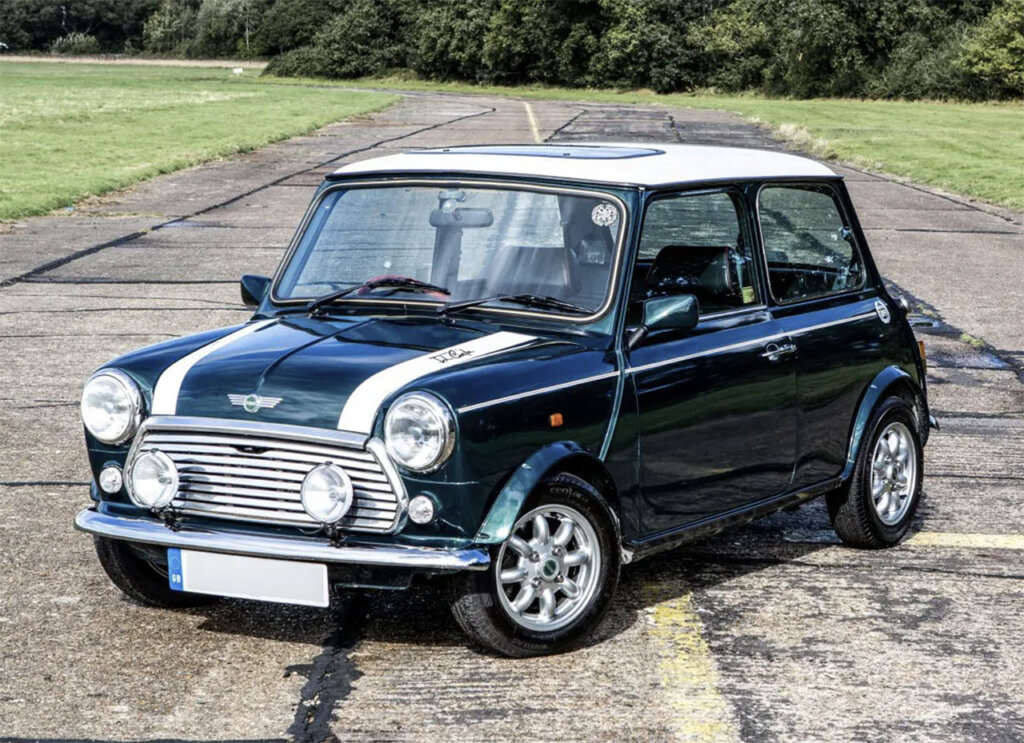
Fast forward to the 1990s, a fresh iteration of the Mini Cooper, dubbed the RSP (Rover Special Products), made a brief reappearance, with slightly reduced performance when compared to the iconic 1960s Cooper model. Surprisingly, this revival garnered considerable popularity, ultimately leading to the full-scale production of a Mini Cooper with the Cooper insignia in late 1991. In an effort to adhere to stringent emission standards, Cooper models manufactured from 1992 onward were equipped with a fuel-injected version of the 1,275 cc engine. By 1997, a multi-point fuel-injected engine was introduced, accompanied by the installation of a front-mounted radiator and the incorporation of various safety enhancements.
Good Things Come in Mini Packages
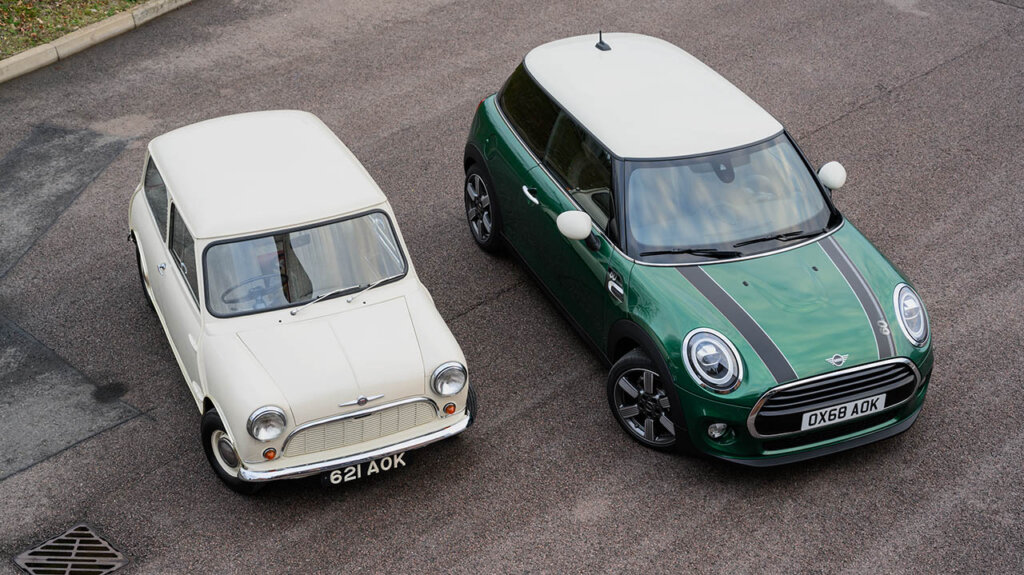
From being a byproduct of fuel shortage to an enduring legacy as a pop culture phenomenon, the Mini Cooper has continued to capture the hearts of enthusiasts and drivers worldwide. Its evolution over the years, from the classic models to the modern interpretations, showcases the adaptability and timelessness of its design. As it continues to evolve and push the boundaries of automotive engineering, the Mini Cooper remains a symbol of British motoring excellence and a beloved classic on roads everywhere.

